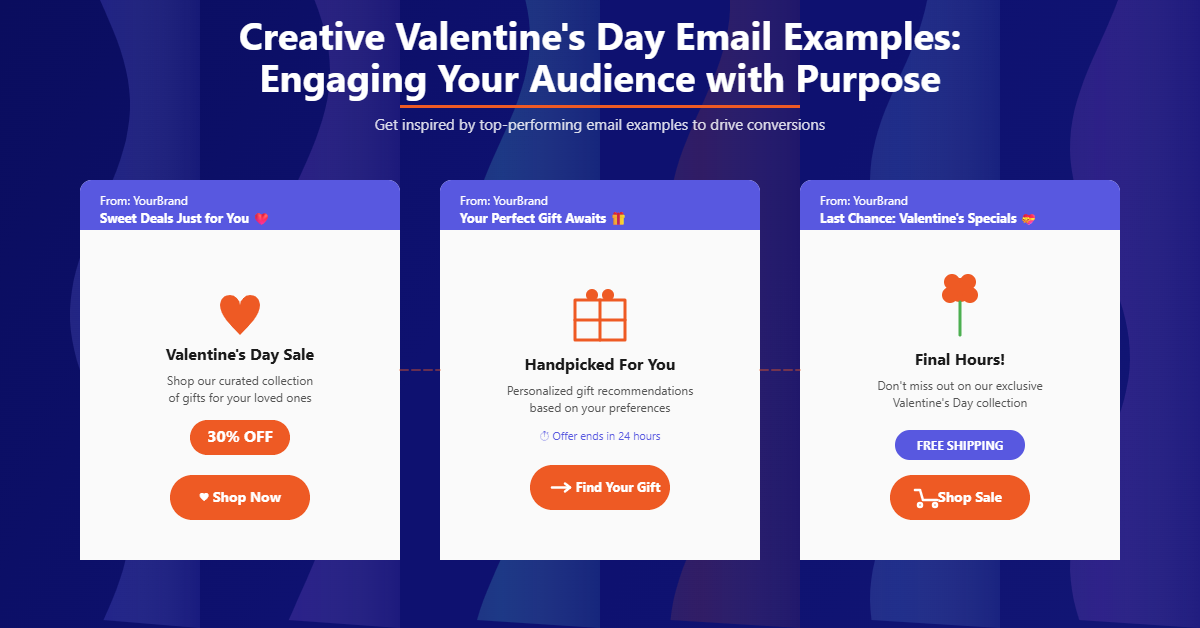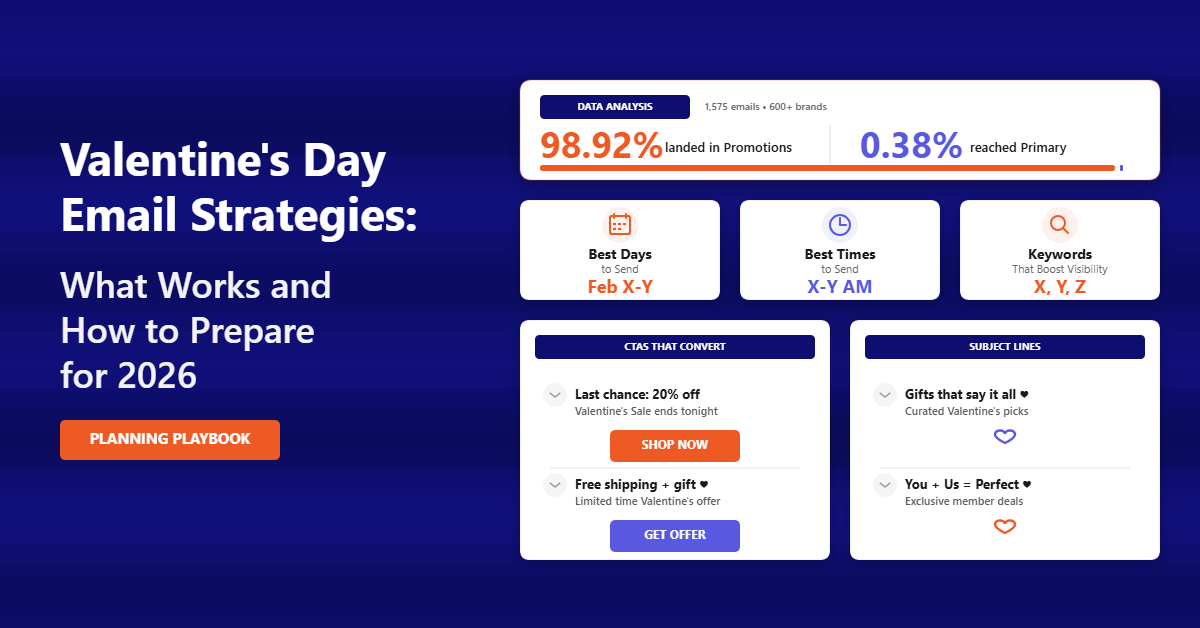Why Is Email Copywriting So Important?
Email copywriting is where you showcase your brand personality, and it’s where your audience gets to know and grow to love (or hate!) you. It’s a place where you can make a human connection with the people in your audience, and it’s where you can find new customers and get them excited about what you have to offer. Your email copy should:- Be direct and to the point
- Sound like an actual human wrote it (no one likes robotic-sounding writing)
- Have a conversational tone
- Feel personal (use the reader’s name if possible)
- Be clear and concise (remember you only have their attention for a few seconds)
8 Steal Worthy Email Copywriting Tips & Examples
Email marketing has become a critical part of successful Ecommerce, but many merchants forget about their email copywriting skills. There are easy ways to improve your email copywriting skills without spending hours writing your next masterpiece. Here are a few tips that will help you write effective emails:1. Understand Your Customers And Their Needs
Every business is different. Every customer is different. Whether you have 2 or 2,000,000 customers, it’s essential to understand who they are and what they need from you. Do your customers expect specific information from your emails? Do they want to be kept in the loop about your latest products and services? Or would they prefer a more personal touch? Knowing what matters to your readers will help you tailor your marketing emails so that you can provide value and achieve better engagement. It all comes down to empathy. When you put yourself in your readers’ shoes, you’ll be able to deliver them the things they want. Look at the below example, this might lead to your next point.2. Nail The Subject Line
The marketing legend and best-selling author Seth Godin once said, “Your subject line is your first (and maybe your last) impression.” With this in mind, it’s critical to take the time to write a great email subject line. Here are five things you should keep in mind while writing them:- Keep it short
- Pay attention to the pre-header text
- Be consistent with branding
- Use emojis only if they fit the brand
- Don’t use words that’ll get your email marked as spam
3. Don’t Forget The Preview Text
The preview text is the bit of copy that appears next to the sender’s name in your inbox. It’s like a headline—you want it to be attention-grabbing, and you want it to make your email look enticing enough to open. If you don’t write anything into this field, most email clients will pull up the first line of text from your email, which may not be that exciting. For example, here’s what you might see if you look at your inbox right now: Going back to that subject line/preview text combo I mentioned earlier, you could use this tactic by writing two different headlines and putting one in your subject line and then the other as your preview text. Or you could write a more extended copy block for your preview text and use it to get people curious about what they’ll find when they open your email. Another way to use preview text is to reiterate or amplify the subject line message. Look at the below example:
4. Get Personal
So you’ve got your subscribers’ attention, but you’re not quite sure how to keep it. First and foremost, don’t just make your email copywriting all about yourself. If readers feel like they’re being talked at instead of talked to, they’re less likely to continue reading. Instead, try to relate to them. One way is by using the word “you” instead of “I.” It will make your audience feel that they’re being spoken to directly and that their needs are met personally. Use the words “I” and “we” sparingly in your emails, as this can turn readers off from feeling like you care about them as an individual rather than just another number on a list.5. Use Plain English
The first rule of thumb in email copywriting is to use language that everyone can understand. Write using a conversational tone and a vocabulary that your target audience would use on their own time. Email readers are more likely to engage when they feel like they’re reading something written by a real person rather than an impersonal, computer-generated message. Don’t try too hard to impress or use fancy words or phrases that might leave your readers scratching their heads (especially if they’re not tech-savvy). You want them to understand what you’re saying as efficiently as possible, so don’t get carried away with flowery language or big words they might not understand. For example, Dave Harland, a copywriter who sends an email to his subscribers every week, uses a conversational tone in his writing with different stories.








